Which is the best bank for you?
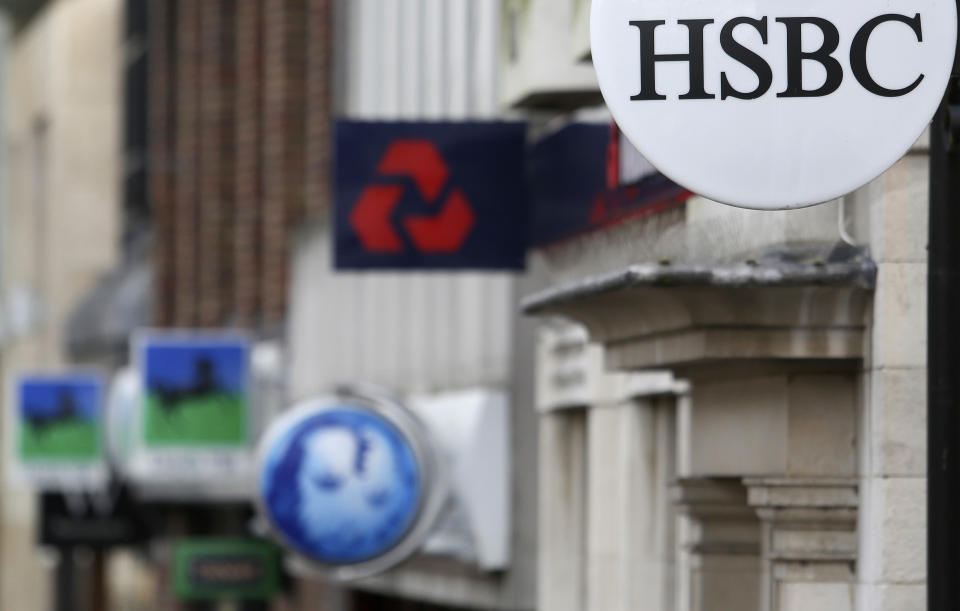
There’s been a spate of bad news for anyone who likes to use their local bank branch in person.
Last Wednesday Lloyds said it would close 49 branches, while Yorkshire Building Society announced that 13 branches would go.
Then on Friday RBS announced the closure of 259 branches – around a quarter – and cutting 680 jobs.
MORE: This week’s deals and discounts
Some 62 RBS and 197 NatWest branches will be closed, leaving the banking group with just 744 branches. You can find out which branches are closing here.
The news brings the total bank branch closures announced this year to more than 660.
Time to switch?
Should the closures make you think about switching banks? If your local branch is closing and you need to use it then almost certainly.
But there could be an even more pressing reason to move banks – your existing account may be costing you more than it needs to.
Depending on how you use a bank account, you could find a cheaper overdraft, higher interest rates, or even better service.
Having a local branch is most important to me
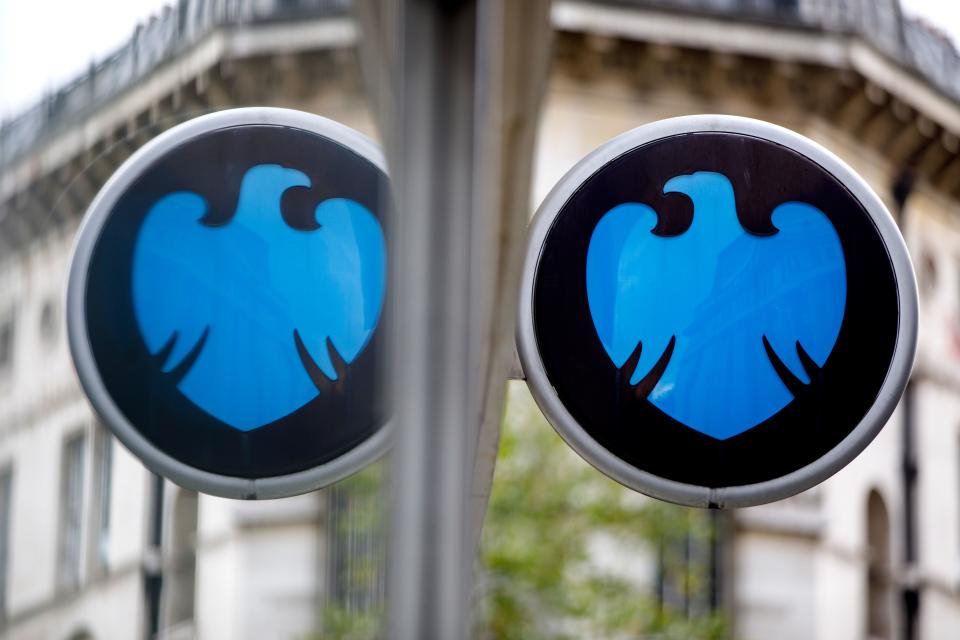
If you like to be able to pop into a local branch then you’ll probably choose the nearest one to you.
But there are fewer branches around than ever.
According to Government figures, there were 20,583 bank branches in 1988. Today the figure stands at less than half that and is shrinking all the time.
The remaining branches are spread fairly randomly across the country, and many towns and villages have been left with local branch at all.
MORE: The little-known bank scam costing people thousands of pounds
It means people have to turn to their nearest Post Office or simply rely on internet or phone banking.
The bank with the most branches is Barclays with around 1,400 followed by Lloyds with some 1,200.
HSBC follows with just over 1,000 while Santander has just under that number. Then you get to the likes of Nationwide building society with just under 700, followed by Halifax and TSB.
I want the bank with the best service
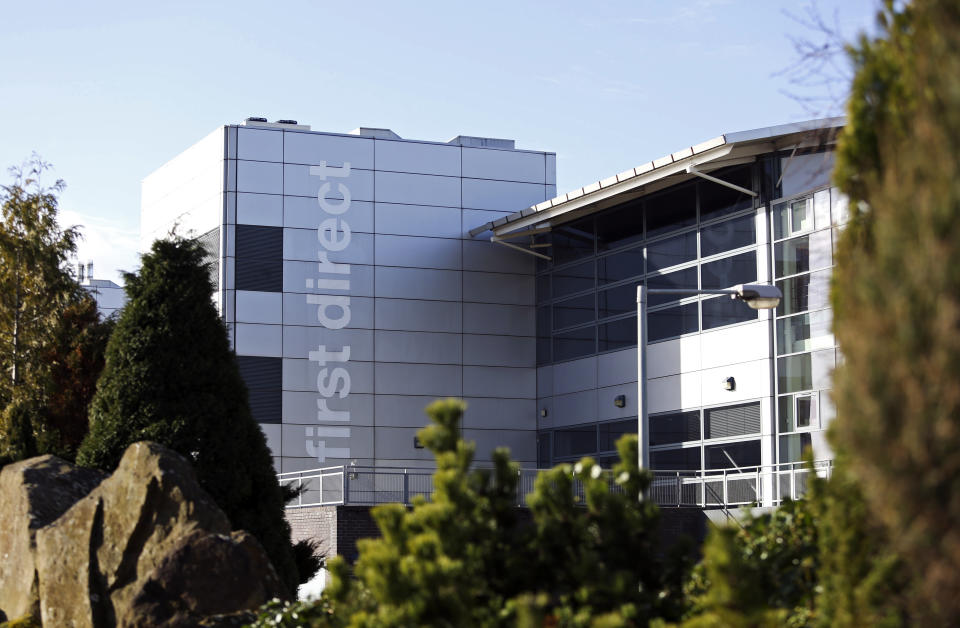
If you want to know that your bank is likely to respond quickly if you have a problem or be good at dealing with customer issues, then its service is crucial.
Consumer group Which? asks current account customers to rate how satisfied they are with the service from the bank.
The criteria include how the banks deal with complaints, as well as how good their communications are and service in branches and online.
Their latest poll had telephone bank First Direct rated top, with an 83% score.
Nationwide was close behind in second with 80% but then there’s a notable drop in scores to the 71% recorded by M&S Bank, Co-operative Bank and Metro Bank.
At the other end of the scale the banks to avoid if you care about service are RBS, which scored just 57%, HSBC (60%), NatWest (63%), Barclays (63%) and Lloyds (64%).
I want the cheapest overdraft
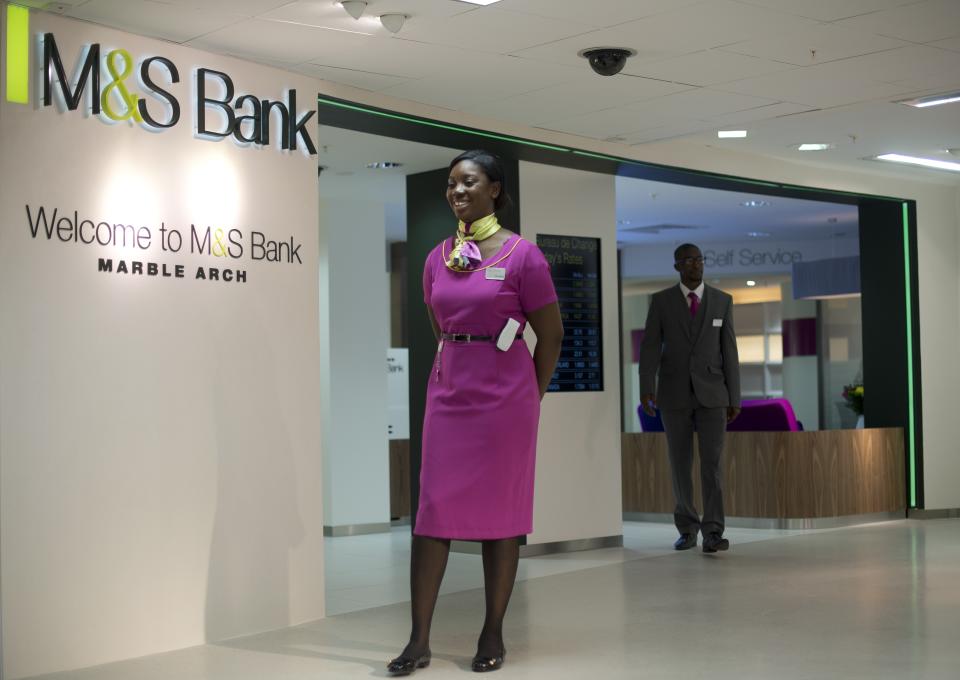
If you go into the red, then you can get stung by charges, especially if you don’t tell your bank about it in advance.
Even if you have an agreed overdraft of say £500, the high street banks charge the equivalent of between 52% and 81% interest.
To put that into context, you can get personal loans at around 5% and most standard credit cards charge less than 20%.
MORE: Do you have any rights if you’re self-employed?
Part of the problem is that many banks have introduced fixed monthly or daily fees. It means that if you go into the red for a a short time even with a small amount, the charges are effectively astronomical.
“If you want to take it to the extreme the NatWest/RBS charge for a one day overdraft of £250 would be £6.12 – in terms of an equivalent interest charge it comes to 894%,” warns Andrew Hagger of Moneycomms.co.uk
“It highlights just how unfair the monthly fee can be as you are charged the same £6 fee whether you are overdrawn for 1 day or 30 days,” he says.
He’s calculated the cost of having an overdraft of £500 for a week, to see which bank charges the least.
In fact you’d be charged just 71p at First Direct, £1.14 at M&S Bank, £1.32 at the Post Office and £1.34 by Metro Bank.
The highest charge would be made by NatWest at £7.75, followed by TSB at £7.67 and Santander at £7.00.
I want the bank that has the best benefits
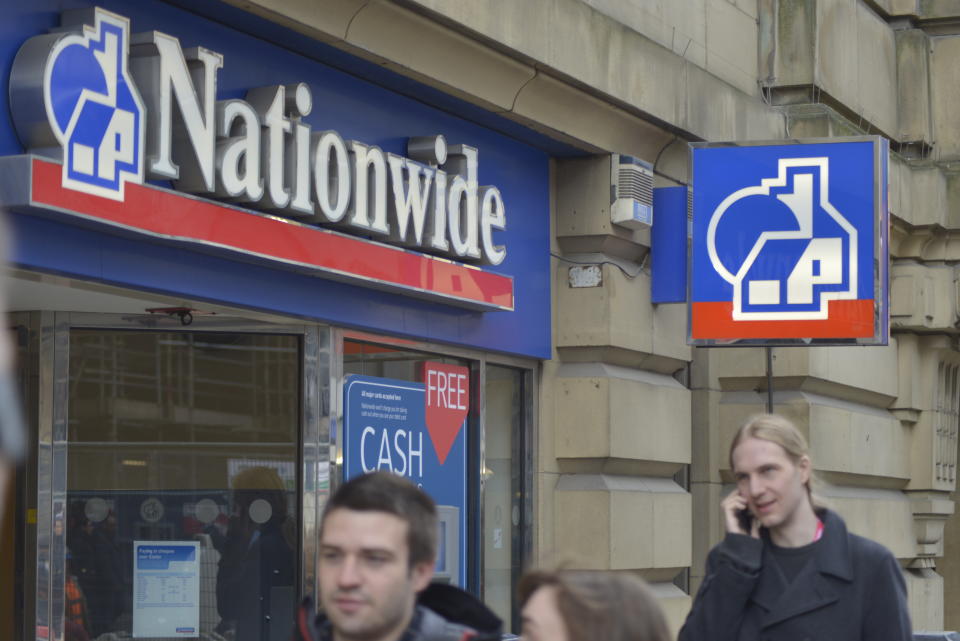
If you never slip into the red then the charges will be irrelevant. But what about the benefits?
Which account pays the most interest on a credit balance? Where can you get extras, such as cashback or money off bills?
If you always keep £1,000 or more in your current account you can get interest at several account providers, although there may be restrictions on what you need to do to qualify for the interest and how long the interest is paid, which you need to check.
MORE: The Autumn Budget: five taxes that will affect you the most
Nationwide pays 5% while you can get 3% at TSB and Tesco Bank.
Santander pays just 1.5% but also offers 3% cashback on some household bills.
When it comes to cashback, Barclays has an offer which pays up to £7 cashback a month, but that costs £3 a month.
Co-operative Bank pays up to £5.50 cashback a month while other banks have similar accounts offering cashback deals.
There are also a range of paid-for packaged accounts which come with such benefits as travel insurance, care breakdown cover and mobile phone cover.
It’s crucial to check the benefits to see whether the cover is right for you and how much it may cost you otherwise, especially with many of the accounts costing between £15-£20 a month.
Which? has some useful analysis here.

 Yahoo Finance
Yahoo Finance 
